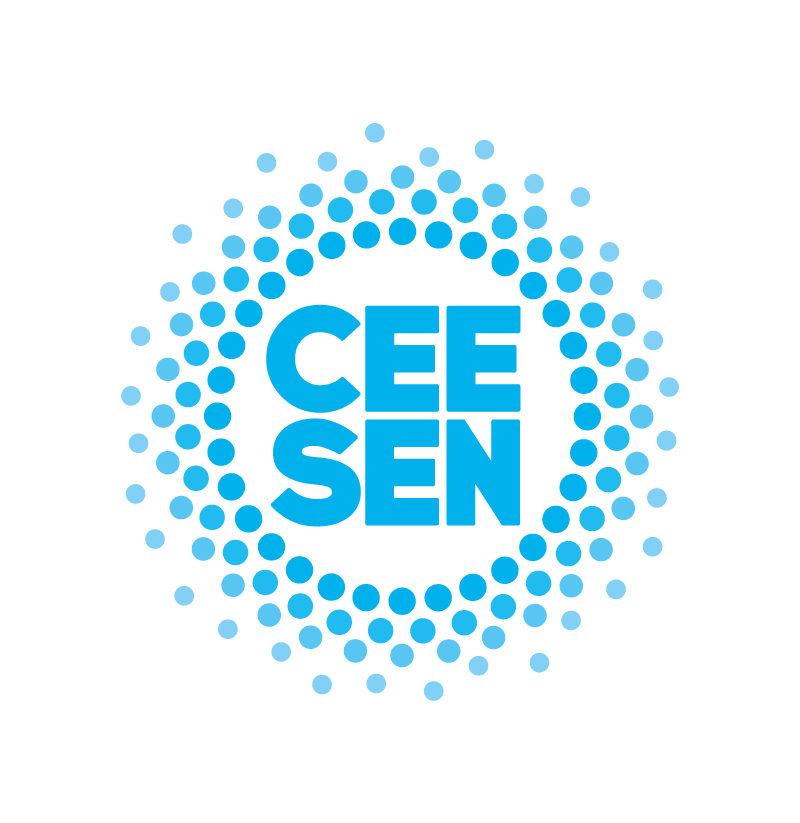| 4.375 (2020) | |
| 149,27 km2 | |
| 2020: 123.930t | |
| 2030: 74.132t |
Kotuń is a rural municipality located in Siedlecki County, Mazovian Voivoidship, next to the Stawy Broszkowskie Nature Reserve. Forest land occupies 20% of the area. Rivers flowing through the municipality are: Kostrzynia, Swidnica, Liwiec and Oleksina. In addition, smaller watercourses, fishponds or water-filled pits are present.
Transport routes of national and international importance run through the municipality: the European east-west transport route from the port of Cork to Omsk and the railway line which is the second part of the Pan-European West-East Transport Corridor from Berlin to Moscow.
The municipality has an agricultural character, with the majority of the rural population making a living from agriculture (cultivation of cereals and potatoes, mushroom production, poultry farms).
The municipality is the Leader of the Siedlecki Energy Cluster (a local energy community) in cooperation with the Skórzec, Mokobody, Suchożebry and Wodynie municipalities, which aims to integrate entities and entrepreneurs, invest, and provide energy security.
By joining the Covenant of Mayors, Kotuń municipality accepted the commitment to reduce CO2 emissions by 40% by 2030, compared to the base year (2020). The planned activities in the municipality regarding emission reduction and adaptation to climate change should contribute to the reduction of CO2 emissions in the municipality by more than 40% (195 778 Mg CO2/year) – this goal is likely to be achieved.
Planned activities include, among others: replacing heat sources in public, private, industrial, residential and agricultural buildings, thermomodernisation of residential buildings, modernisation of street lighting, photovoltaic installations, expansion and modernisation of the water and sewage network, modernisation of the Police Station, thermomodernisation of public schools and kindergardens in Kotuń, improvement of roads with lighting and a cycling path, purchase of cars and equipment for the fire brigade, promotion of good energy saving habits and ecological behaviors among the municipality’s citizens.
Improving energy efficiency in the residential sector will contribute the most to reducing CO2 emissions across the municipality, with a total of 152 800 Mg CO2/year. Photovoltaic installations installed on both public buildings, individual owners and agricultural buildings will increase the share of green electricity by 7 817 MWh/year.

The SECAP was created by MAE and supported by CEESEU project.
The entire document is available on the link below in Polish language.
| The SECAP was implemented with the support of the CEESEU project. The CEESEU project received funding from the European Union’s Horizon 2020 research and innovation programme under grant agreement GA: 892270. Disclaimer: The author of this content is solely responsible for its content, which does not necessarily reflect the views of the European Union, and neither EASME nor the European Commission is responsible for any use that may be made of this content. |
SECAP-EU
| The SECAP was implemented with the support of the CEESEU project. The CEESEU project received funding from the European Union’s Horizon 2020 research and innovation programme under grant agreement GA: 892270. Disclaimer: The author of this content is solely responsible for its content, which does not necessarily reflect the views of the European Union, and neither EASME nor the European Commission is responsible for any use that may be made of this content. |
